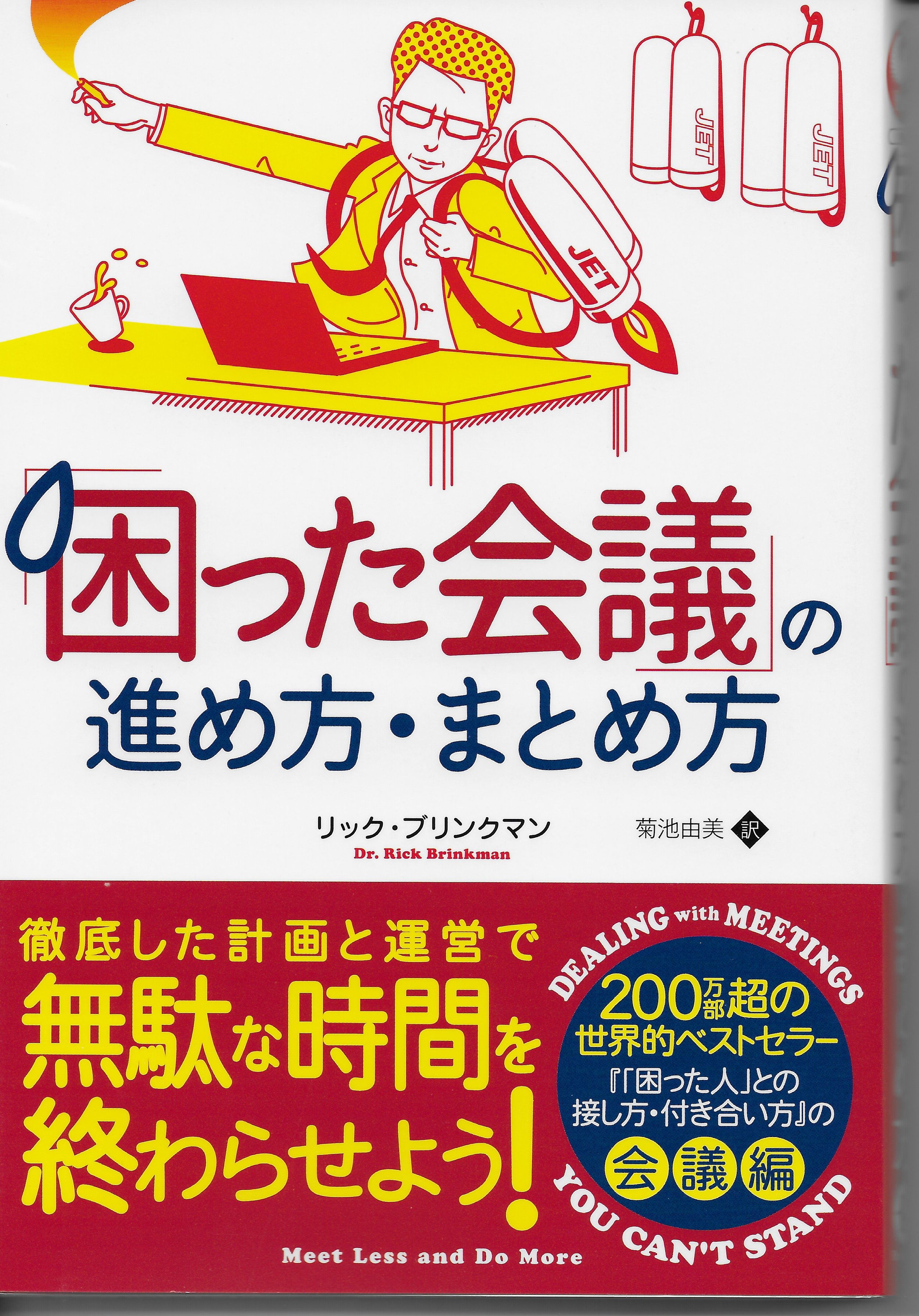We've all suffered through the tedious, hour-wasting, headache-inducing trap of being stuck in a meeting we can't stand. Claustrophobia of the worst kind sets in, and instead of being productive, we feel practically comatose. Every wonder why? The reasons are laid out in this engaging and smart new book by Dr. Rick Brinkman, Dealing with Meetings You Can't Stand: Meet Less and Do More (McGraw Hill, 2017).
Brinkman is a master at helping people tackle the worst sides of working - before Meetings, he authored Dealing with People You Can't Stand, which is a global bestseller, translated into 25 languages. That's no surprise, given the title: Brinkman is a no-nonsense communicator who approaches the most common ailments of the workplace with equal parts empathy and humor - in Meetings he quotes noted cartoonist Dave Barry in the beginning. As with People, this book on meetings is fascinating, entertaining, and yet makes perfect sense, offering tangible strategies for effectively changing the game.
Brinkman has divided up the four main trouble spots that can turn a well-intentioned roundtable into a train wreck: preparation, people, process, and time. Of preparation, for instance, when a meeting is called without a clear agenda or purpose - or starts with "any other business?" - or has either not enough people or too many people present, it's a recipe for disaster.
Of people, the problems are as varied as difficult personalities: people who talk over each other, people who refuse to talk in the meeting but have plenty to say afterwards, people who are unprepared, who waffle, who snicker under their breaths, who know everything. Process and time are equally illuminated: readers will no doubt have a number of laughs as well as ah-hah moments.
What the good Dr. Brinkman does that sets this book apart from the dozens of "how-to" business books out there is provide a tangible fix. His very apt, clever, workable analogy works from start to finish to helps us reframe every aspect of a meeting - and land safely and on time. Think of a meeting like a long-distance jet flight, he suggests, including having a clear flight plan, a designated Air Traffic Controller, and a place to park tangential discussions - on the tarmac, of course. The goal: an efficient, quick, enthusiastic plane ride with little turbulence that arrives exactly as planned. I'll be it works.
Another plus to this very savvy handbook are the "Great Moments in Meetings" tales - light-hearted but revealing true-life accounts of meetings that actually worked. The upshot is that successful meetings are anything but free-for-alls: a group of engineers diligently place their cell phones in a basket as they arrive; an executive locks the door when the meeting starts so latecomers can't come in.
On the other hand, when people drone on in a global conference call, it's noticed. When someone acts disruptive, that's noticed too. The point is that we all know when a meeting isn't working. Now we also know why - and how to fix it.
Brinkman brings so much to the table with this book that it feels like an incredibly consolidated encyclopedia of how to plan a meeting, have a meeting, and follow up after a meeting. It's also a book on why you really don't need to necessarily have a meeting in the first place.
It's clearly, breezily, insightfully written, tightly organized, and charmingly illustrated. And it's sure to be an asset to anyone who has to deal with meetings. Read it and follow it, and it's likely your people will thank you - and then ask you to borrow the book. I recommend telling them to buy it themselves.
For more on Dr. Rick Brinkman and Dealing with Meetings You Can't Stand, visit rickbrinkman.com.
View the original article on blogcritics.org













